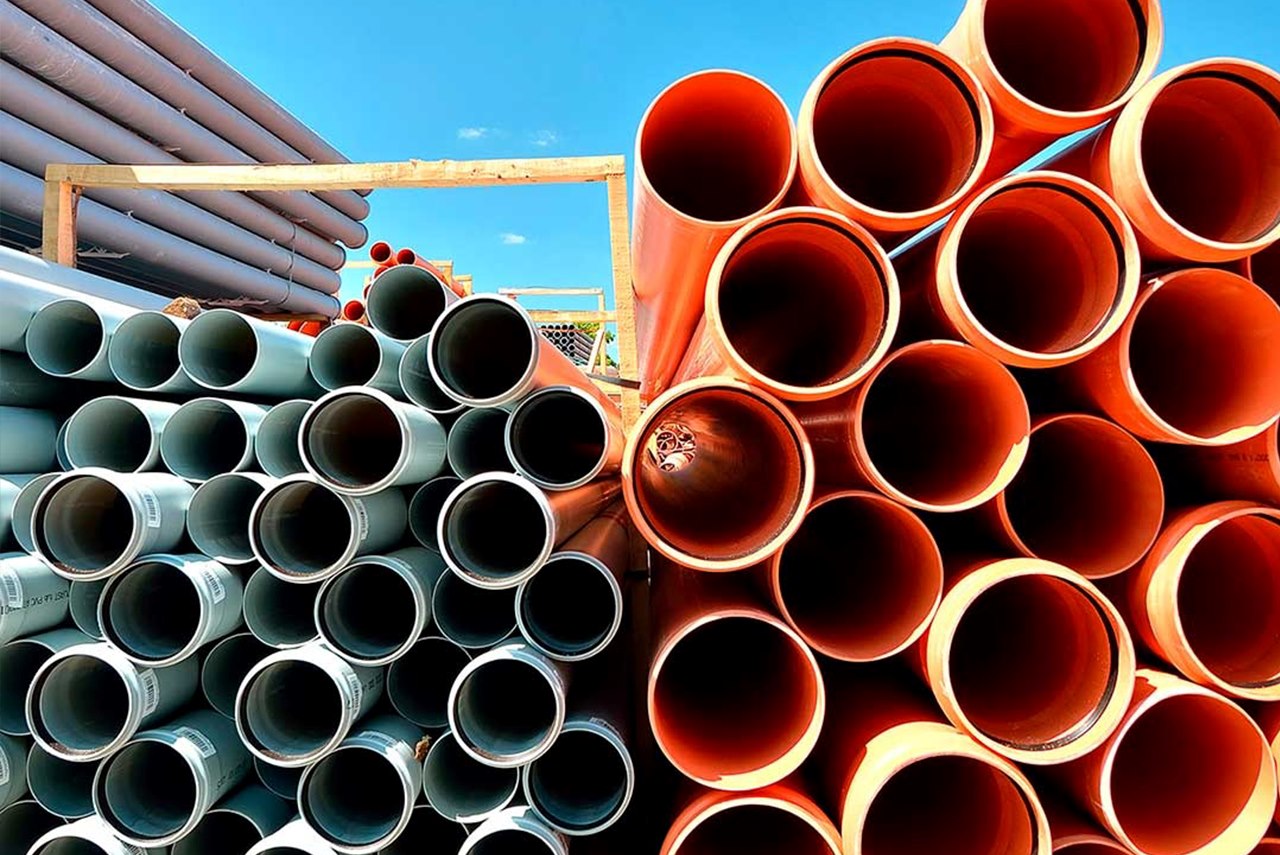

Articles
How To Store PVC Pipe
Modified: December 7, 2023
Learn the best techniques for storing PVC pipe with our informative articles. Keep your pipes organized and protected for future use.
(Many of the links in this article redirect to a specific reviewed product. Your purchase of these products through affiliate links helps to generate commission for Storables.com, at no extra cost. Learn more)
Introduction
When it comes to storing PVC pipes, proper handling and organization are essential to ensure their longevity and quality. PVC pipes are commonly used in various applications, such as plumbing, irrigation, and construction projects. Whether you have leftover pipes from a project or want to stock up for future use, knowing how to store PVC pipes correctly can save you time, money, and potential damage.
In this article, we will discuss the best practices for storing PVC pipes to maintain their integrity and usability. From selecting the storage area to protecting the pipes from environmental factors, we will cover all the necessary steps to ensure your PVC pipes remain in optimal condition.
Key Takeaways:
- Proper storage of PVC pipes is crucial for maintaining their quality and usability. Select a suitable storage area, clean and organize the pipes, and protect them from environmental factors to ensure longevity.
- Implementing best practices for storing PVC pipes can save time, money, and potential damage. From proper cleaning and organization to protective measures and maintenance, maintaining PVC pipes’ integrity is essential for future use.
Read more: How To Install PVC Pipe Gutters
Selecting the Storage Area
Before you start storing your PVC pipes, it’s important to select an appropriate storage area. Here are two key factors to consider:
- Suitable location: Choose a location that is dry and well-ventilated. Avoid areas prone to moisture, such as basements or areas with high humidity. Opt for a cool and clean space to prevent the pipes from developing mold or mildew.
- Protection from environmental factors: PVC pipes are sensitive to extreme temperatures and prolonged exposure to sunlight. Therefore, it’s crucial to store them in an area that is protected from direct sunlight and fluctuations in temperature. Avoid storing PVC pipes near heating vents, radiators, or other heat sources.
By selecting a suitable storage area, you can minimize the risk of damage to your PVC pipes and prolong their lifespan.
Cleaning the PVC Pipe
Before storing PVC pipes, it’s important to clean them thoroughly to remove any dirt or debris that may have accumulated. Here are the necessary steps:
- Removing dirt and debris: Start by inspecting the PVC pipes and remove any visible dirt, dust, or debris. You can use a brush, cloth, or compressed air to wipe or blow away the particles. Pay attention to the ends and joints of the pipes, as these areas are prone to collecting debris.
- Drying the pipe: After removing the dirt and debris, it’s crucial to dry the PVC pipes completely. Excess moisture can lead to the growth of mold or mildew, which can compromise the integrity of the pipes. Use a clean, dry cloth to wipe down the pipes, ensuring that there is no moisture left behind.
By cleaning and drying your PVC pipes before storage, you can prevent any potential contamination or damage that could occur during the storage period.
Organizing the PVC Pipe
Proper organization is key to efficient PVC pipe storage. By organizing your pipes, you can easily locate and access the specific size and type you need for your projects. Here are two effective ways to organize your PVC pipes:
- Sorting by size and type: Start by categorizing your PVC pipes based on their size and type. Group similar sizes together and separate them based on their intended use. This will make it easier to find the right pipe when you need it, saving you time and effort in the long run.
- Using racks or shelving systems: Invest in racks or shelving systems specifically designed for storing PVC pipes. These systems provide a convenient and space-saving solution for organizing and storing your pipes. Make sure the racks or shelves are sturdy enough to support the weight of your PVC pipes and are properly installed to prevent accidents or damage.
By organizing your PVC pipes systematically, you’ll have a well-structured storage area that allows for easy access and efficient inventory management.
When storing PVC pipe, it’s important to keep it away from direct sunlight and extreme temperatures to prevent damage and deterioration. Store it in a cool, dry place to maintain its integrity.
Stacking and Storing PVC Pipe
Once you’ve organized your PVC pipes, it’s time to stack and store them properly. Here are some tips for storing PVC pipes:
- Horizontal stacking: When storing shorter lengths of PVC pipes, horizontal stacking is an effective method. Stack the pipes of similar lengths horizontally on a flat surface, ensuring they are aligned and supported evenly. This prevents the pipes from bending or warping under their weight.
- Vertical storage options: For longer lengths of PVC pipes, vertical storage is preferred. Use specially designed PVC pipe racks or vertical storage systems to safely store the pipes upright. This not only saves space but also prevents potential damage from the pipes bending or leaning against each other.
- Securing the pipes: Regardless of the storage method chosen, it’s important to secure the pipes to prevent movement or shifting. Consider using bungee cords, straps, or even zip ties to hold the stacked pipes together. This ensures stability and minimizes the risk of accidents or damage.
By stacking and storing your PVC pipes correctly, you can maximize the use of space while ensuring the pipes remain intact and easily accessible.
Read more: How To Cut Plumbing PVC Pipe
Protecting the PVC Pipe
Protecting your PVC pipes from potential damage is crucial to maintaining their quality and longevity. Here are three ways to protect your PVC pipes during storage:
- Covering the pipe: Use plastic or fabric covers to shield your PVC pipes from dust, dirt, and other debris. This helps prevent any contaminants from entering the pipes and ensures that they remain clean and ready for use when needed. Ensure that the covers are secure and tightly fitted to provide maximum protection.
- Shielding from sunlight: Prolonged exposure to sunlight can cause PVC pipes to degrade and become brittle. Therefore, it’s essential to store the pipes in a location away from direct sunlight. If storing outdoors is unavoidable, consider using UV-resistant covers or placing the pipes in shaded areas to protect them from the damaging effects of sunlight.
- Insulating during extreme temperatures: PVC pipes are sensitive to extreme temperatures. In areas with extreme heat or cold, insulate the pipes using foam pipe insulation or wrap them in blankets or towels. This helps regulate temperature fluctuations and prevents the pipes from expanding or contracting excessively, reducing the risk of damage.
By taking these protective measures, you can ensure that your PVC pipes remain in optimal condition throughout the storage period, ready for use when you need them.
Maintaining the Storage Area
Proper maintenance of the storage area is essential to ensure the long-term integrity and usability of your PVC pipes. Here are three key aspects to consider for maintaining the storage area:
- Regular inspections: Conduct regular inspections of the storage area to check for any signs of damage, pests, or moisture. Look for leaks or water damage, as these can affect the quality of the PVC pipes. By identifying and addressing issues early on, you can prevent any potential damage to your pipes.
- Maintenance of racks or shelving systems: If you’re using racks or shelving systems to store your PVC pipes, it’s important to maintain them regularly. Check for any signs of wear and tear, such as loose bolts or unstable shelves, and fix them promptly. Clean the racks or shelves periodically to remove any dirt or debris that may accumulate.
- Cleaning the storage area: Keeping the storage area clean is crucial to prevent the buildup of dust, dirt, or other contaminants that can affect the quality of the PVC pipes. Regularly sweep or vacuum the area to remove any debris. If there are spills or leaks, clean them up immediately to prevent moisture from damaging your pipes.
By following these maintenance practices, you can ensure that your storage area remains in optimal condition, promoting the longevity and usability of your PVC pipes.
Conclusion
Proper storage of PVC pipes is essential for maintaining their quality and usability. By following the guidelines discussed in this article, you can ensure that your PVC pipes remain in optimal condition, saving you time, money, and potential damage in the long run.
Start by selecting a suitable storage area that provides protection from environmental factors such as moisture, sunlight, and extreme temperatures. Clean your PVC pipes thoroughly before storing them to remove any dirt or debris. Organize your pipes by size and type, and use racks or shelving systems to keep them neatly arranged.
When stacking and storing your PVC pipes, consider horizontal stacking for shorter lengths and vertical storage options for longer pipes. Secure the pipes to prevent movement or shifting, reducing the risk of accidents or damage.
Protect your PVC pipes by covering them with plastic or fabric covers to shield them from dust and debris. Shield them from prolonged exposure to sunlight, and insulate them during extreme temperatures to prevent damage.
Maintain the storage area by conducting regular inspections, maintaining the racks or shelving systems, and keeping the storage area clean. Be vigilant for any signs of damage, pests, or moisture, and address any issues promptly.
By implementing these tips and practices for storing PVC pipes, you can ensure their longevity and usability, saving you time and money in the future and ensuring that you always have high-quality pipes readily available for your projects.
Frequently Asked Questions about How To Store PVC Pipe
Was this page helpful?
At Storables.com, we guarantee accurate and reliable information. Our content, validated by Expert Board Contributors, is crafted following stringent Editorial Policies. We're committed to providing you with well-researched, expert-backed insights for all your informational needs.
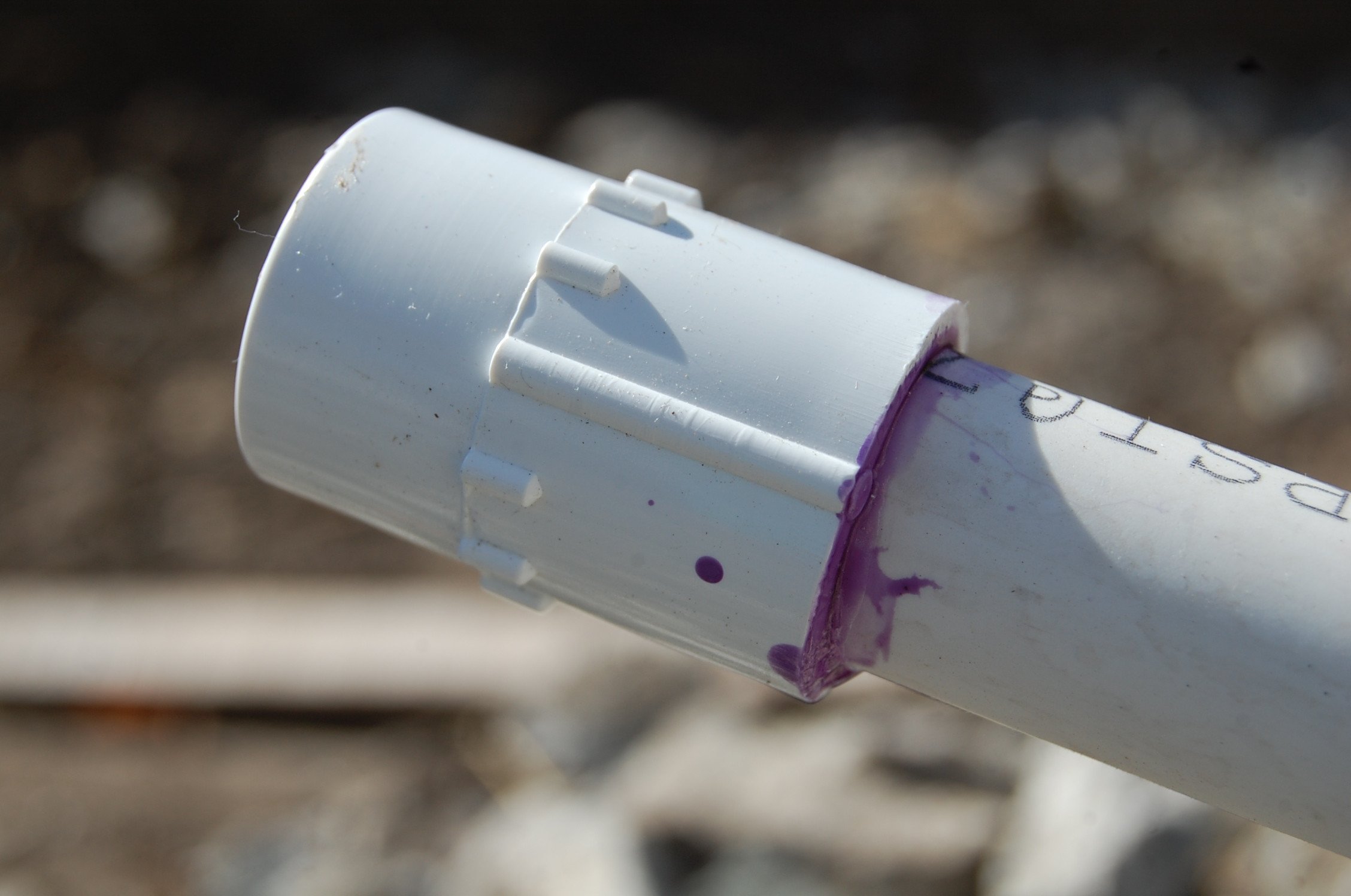
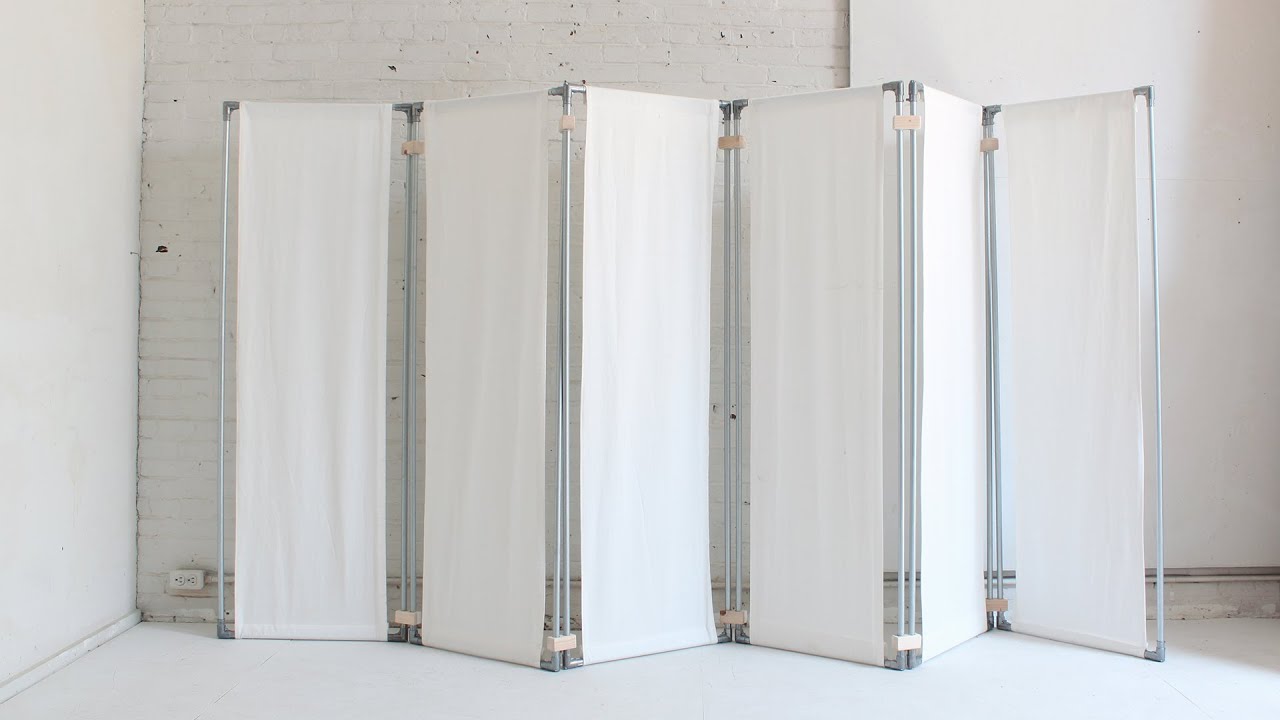
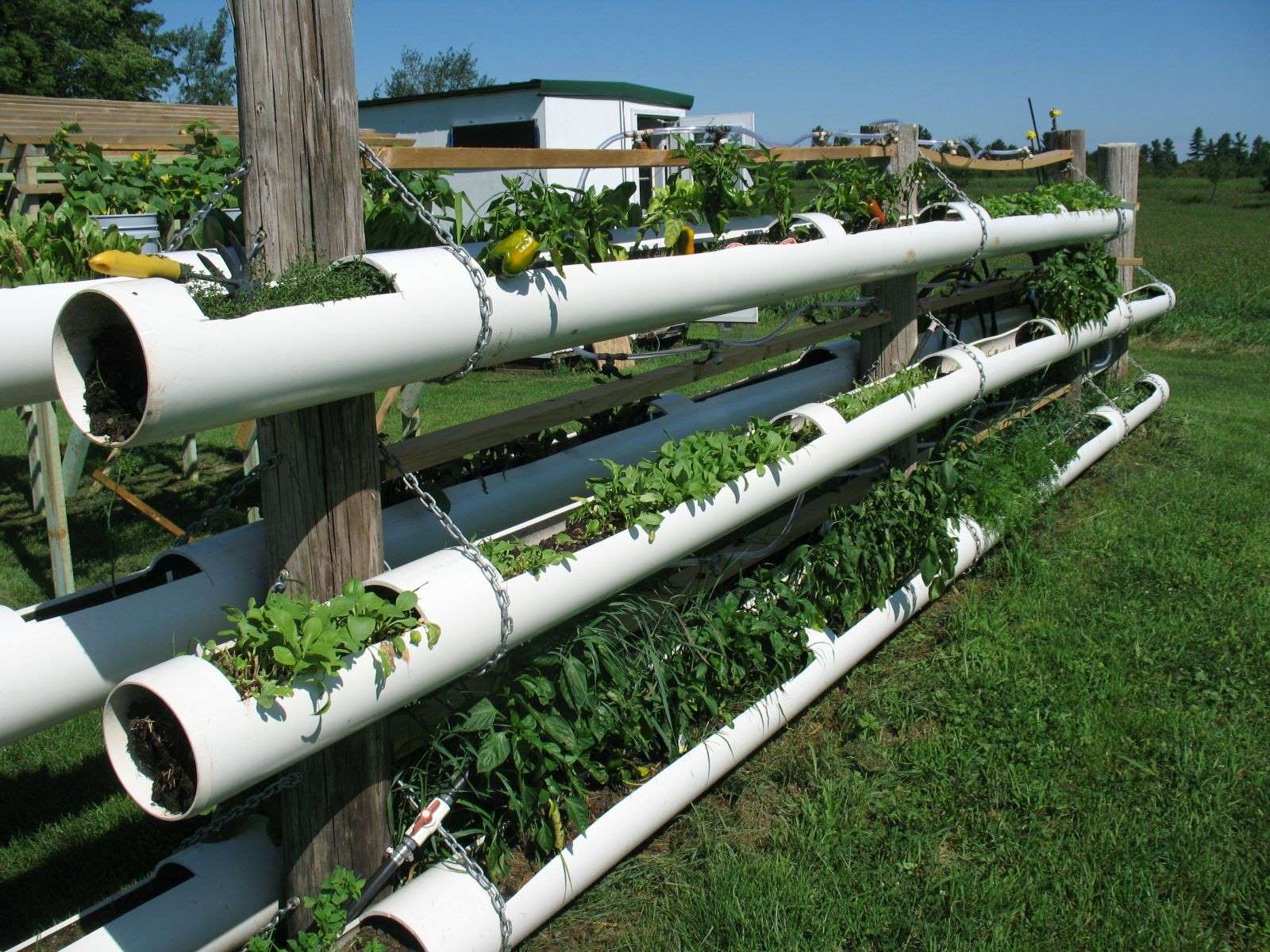
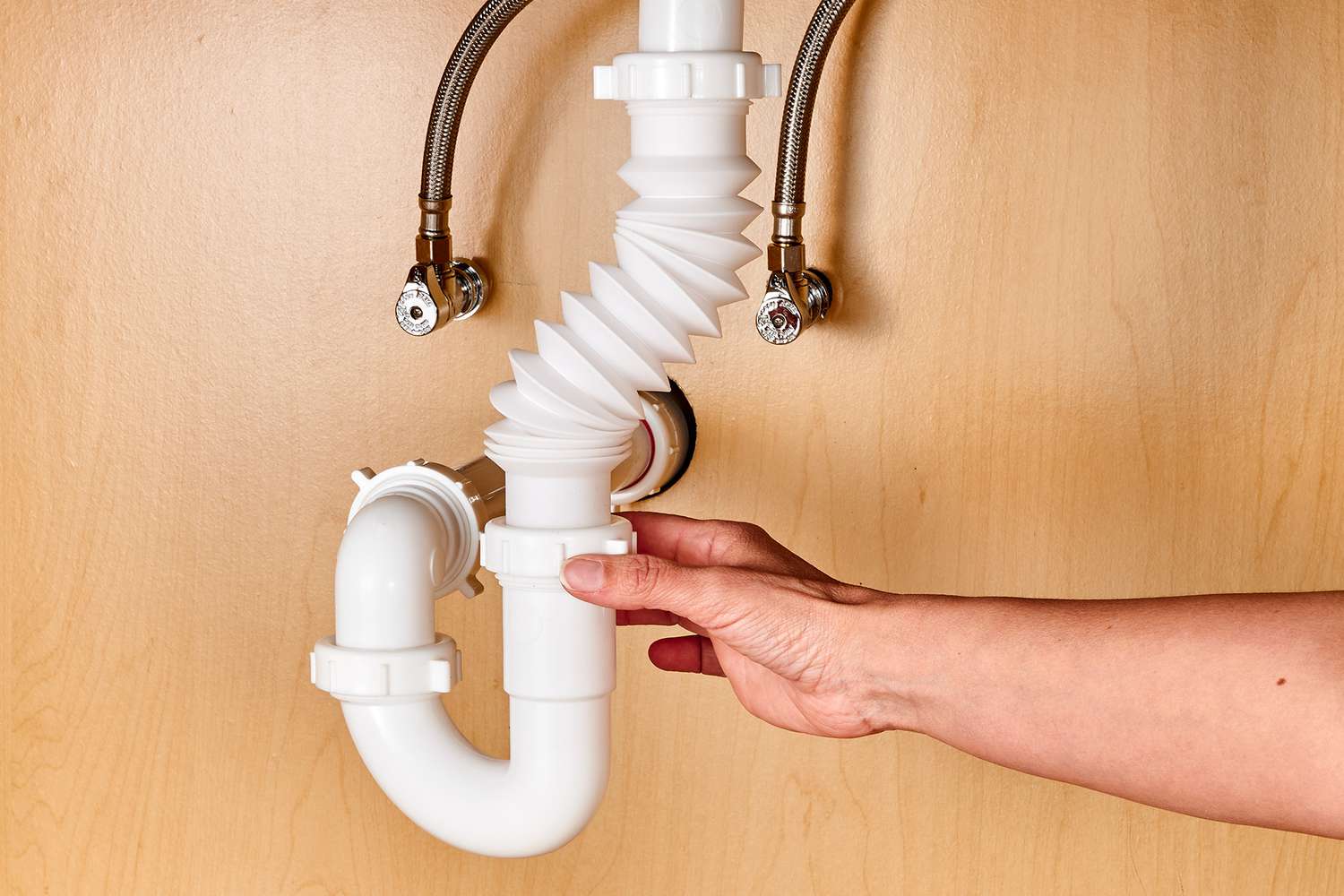
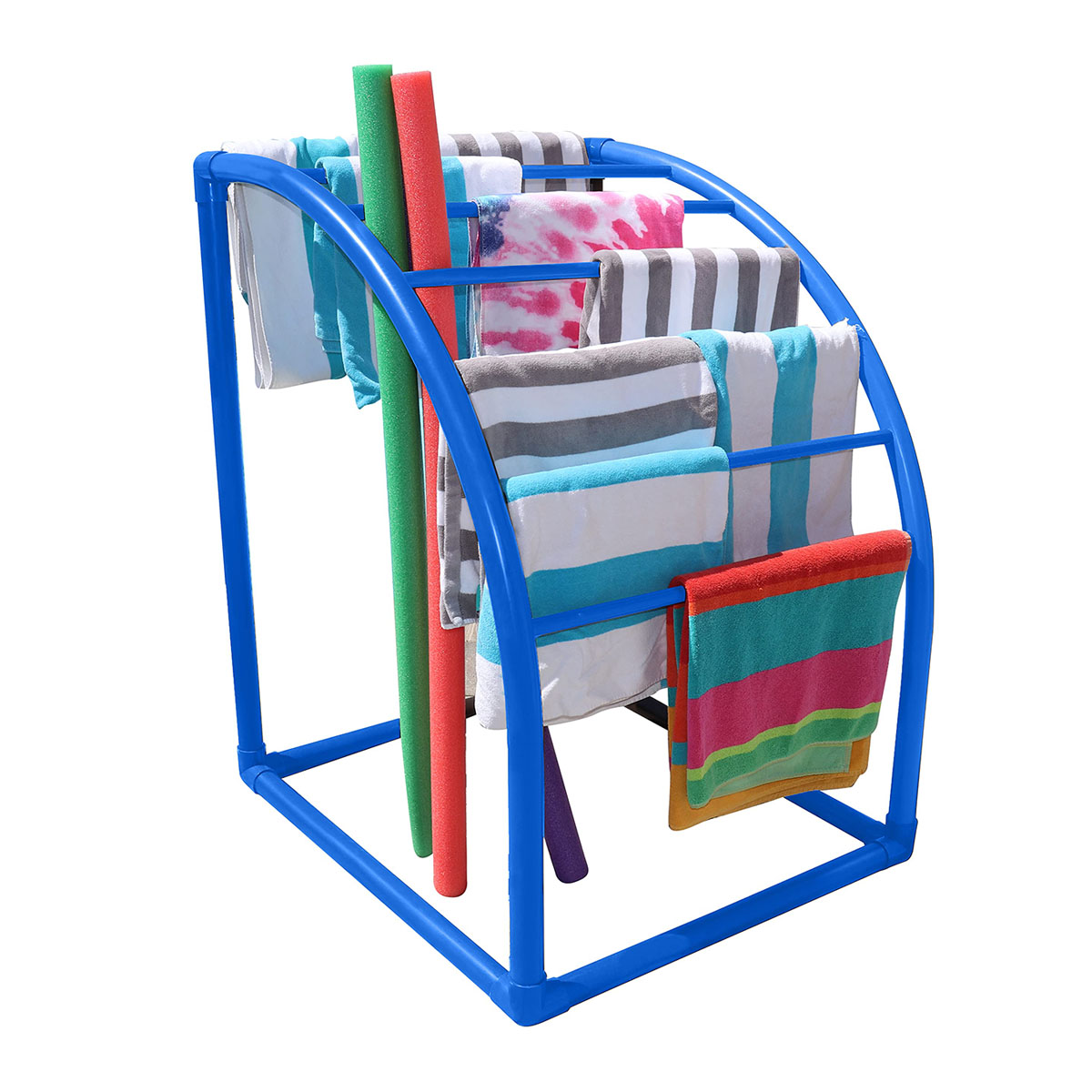
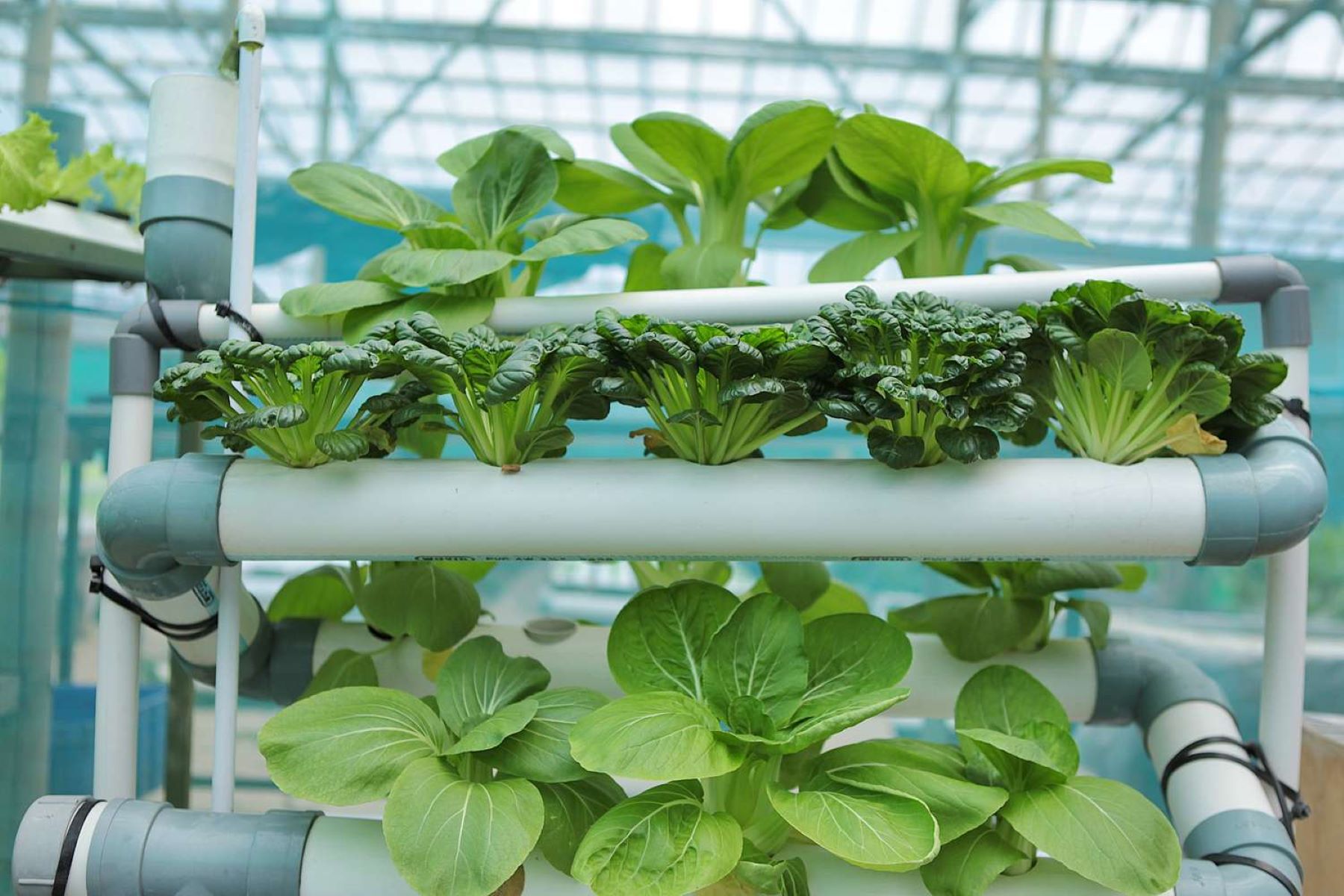
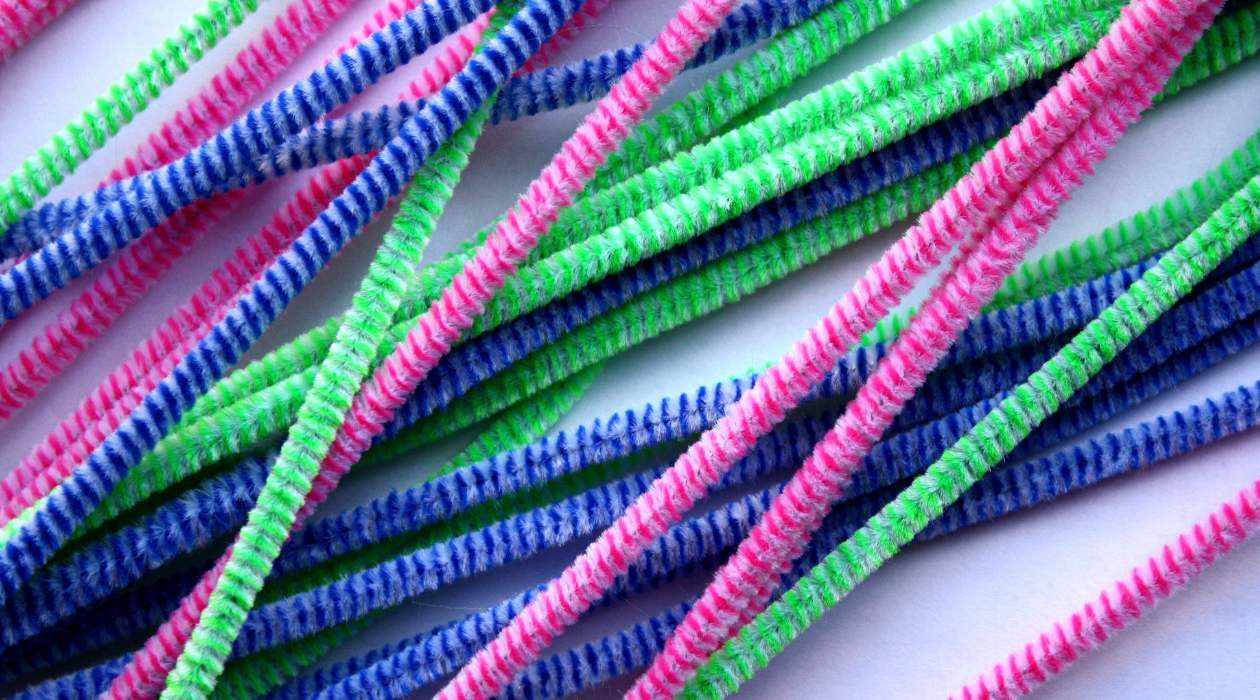
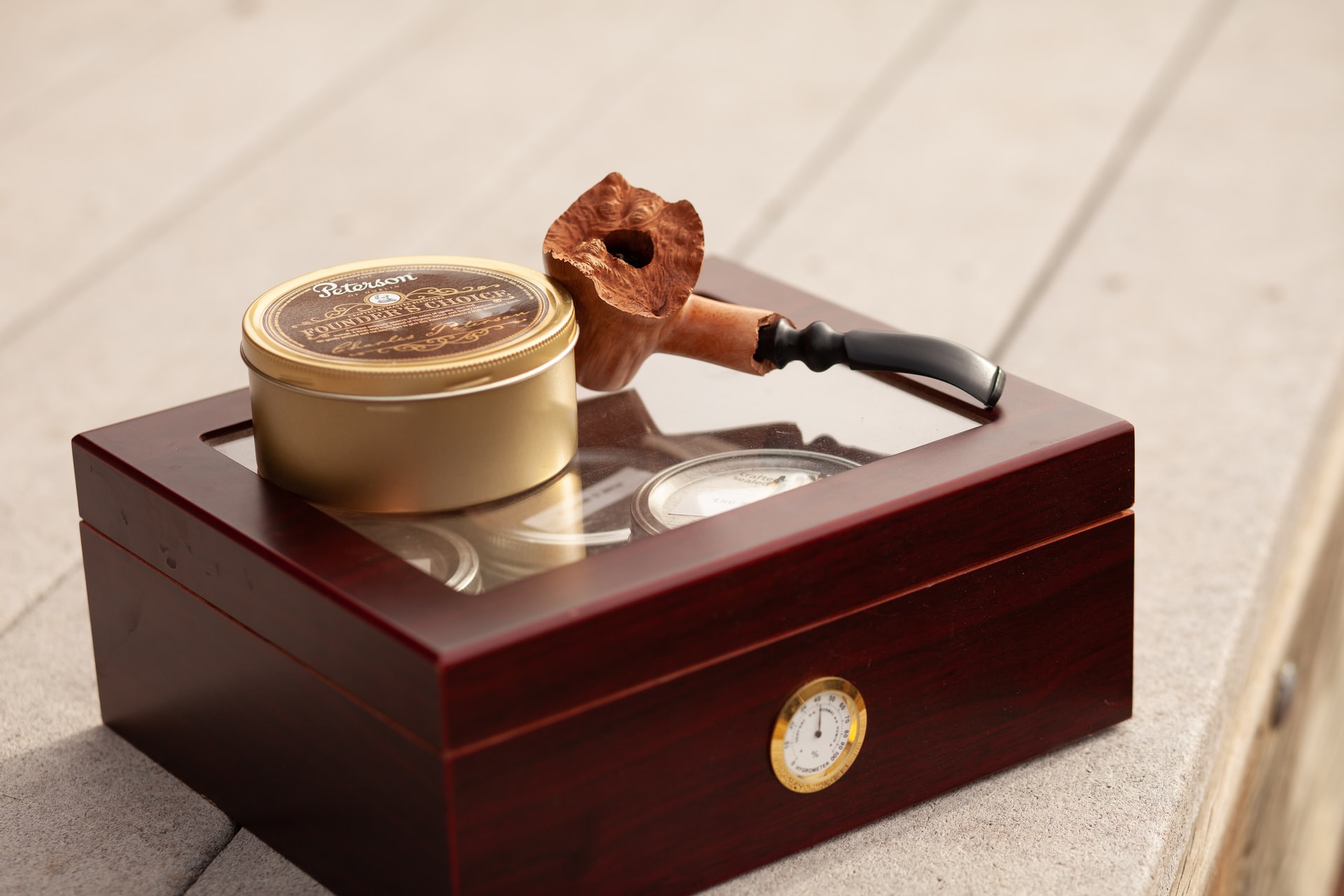
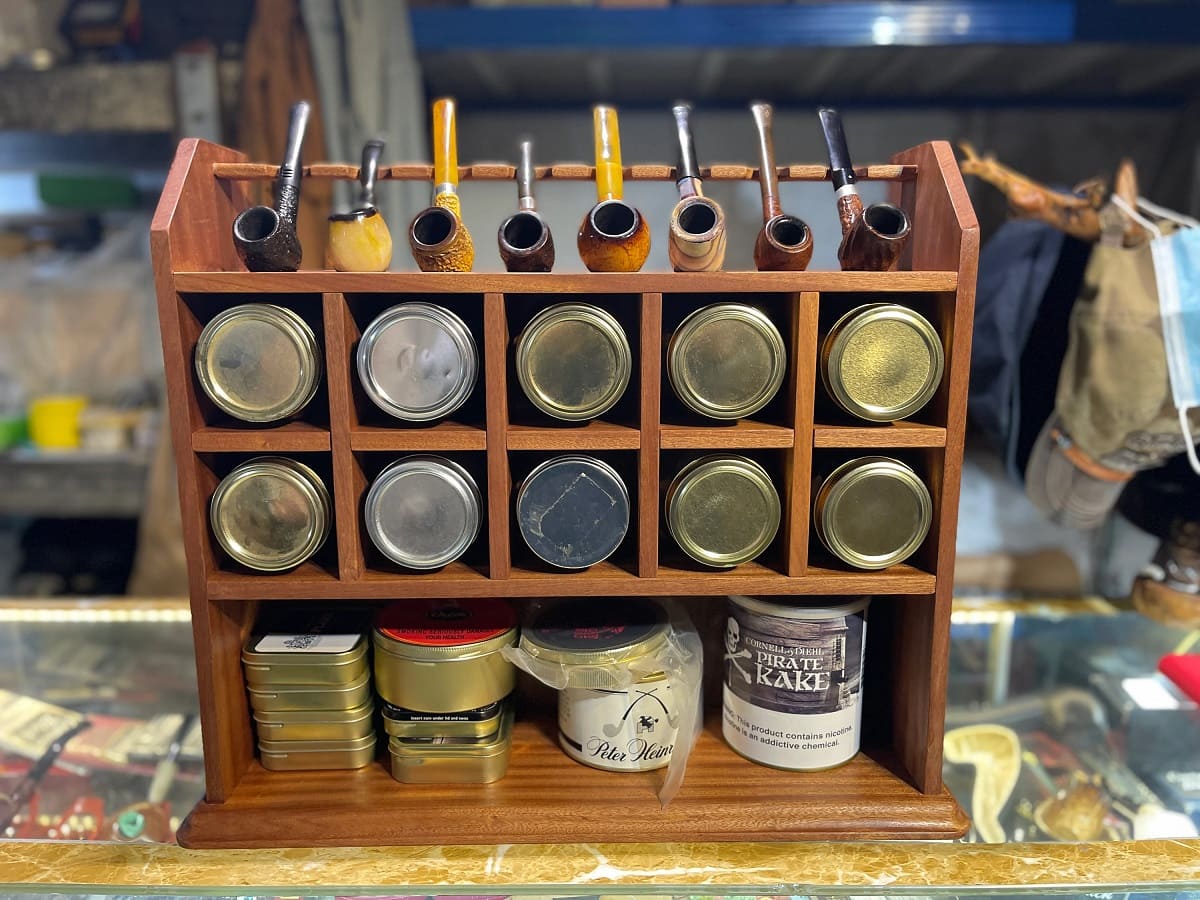
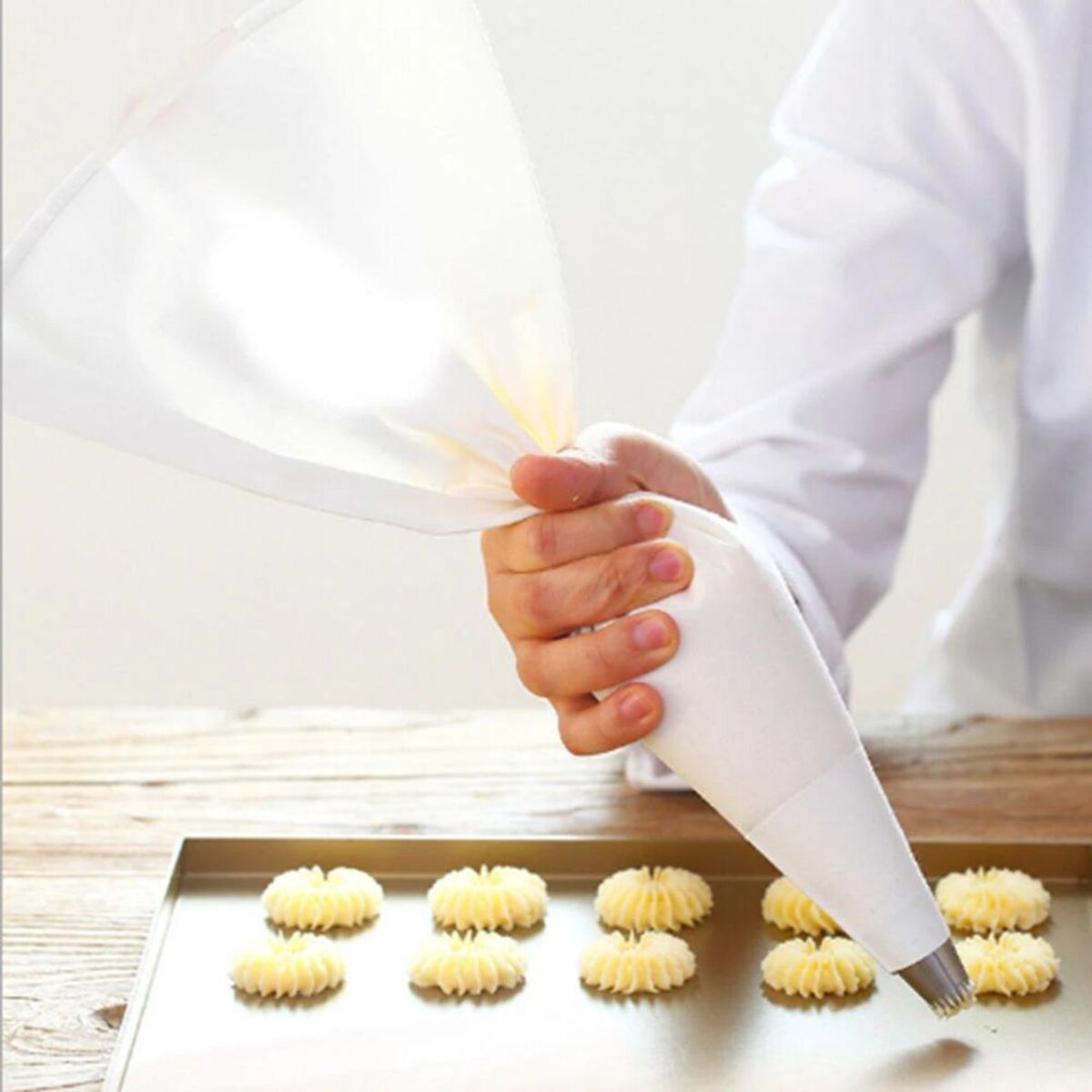
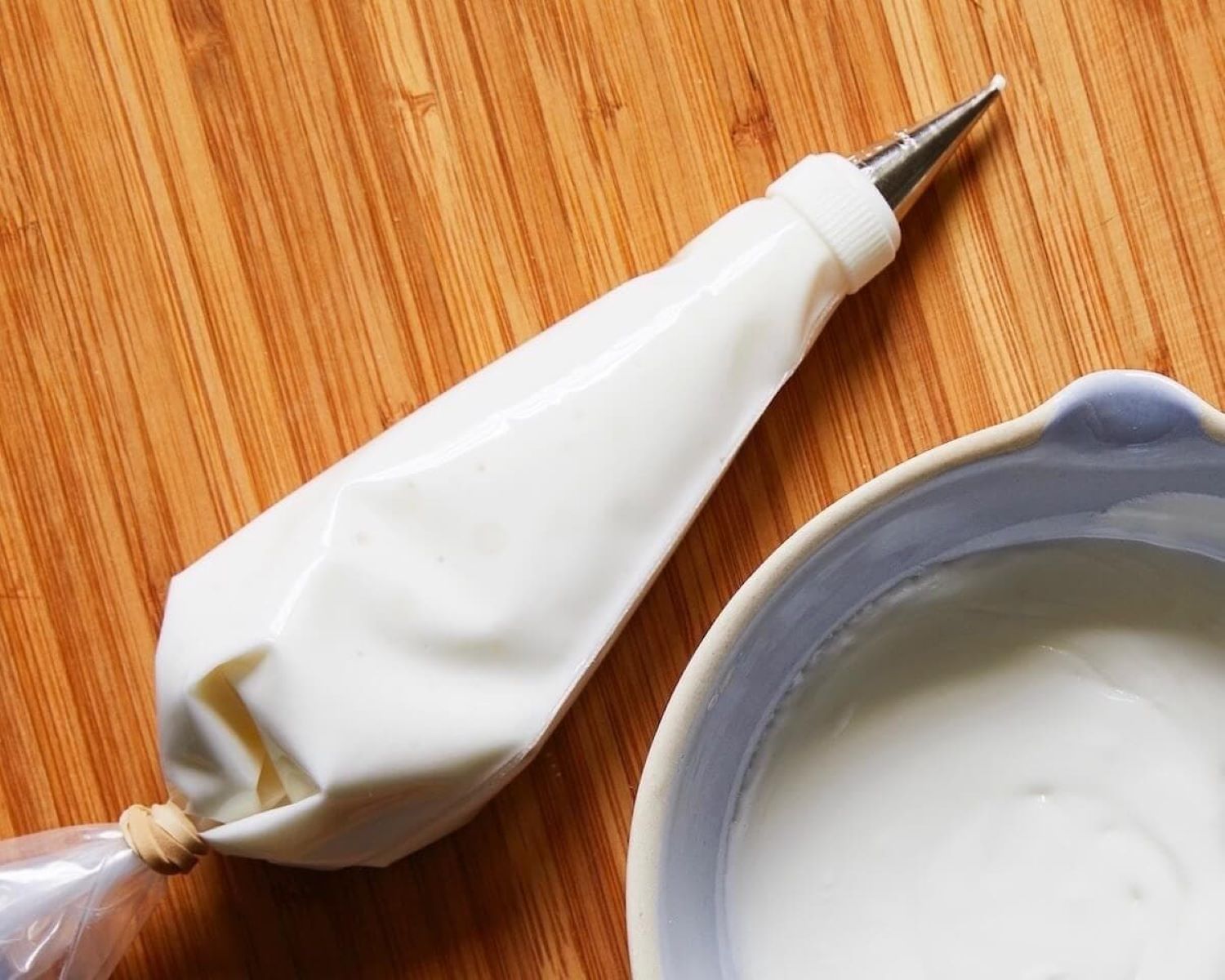
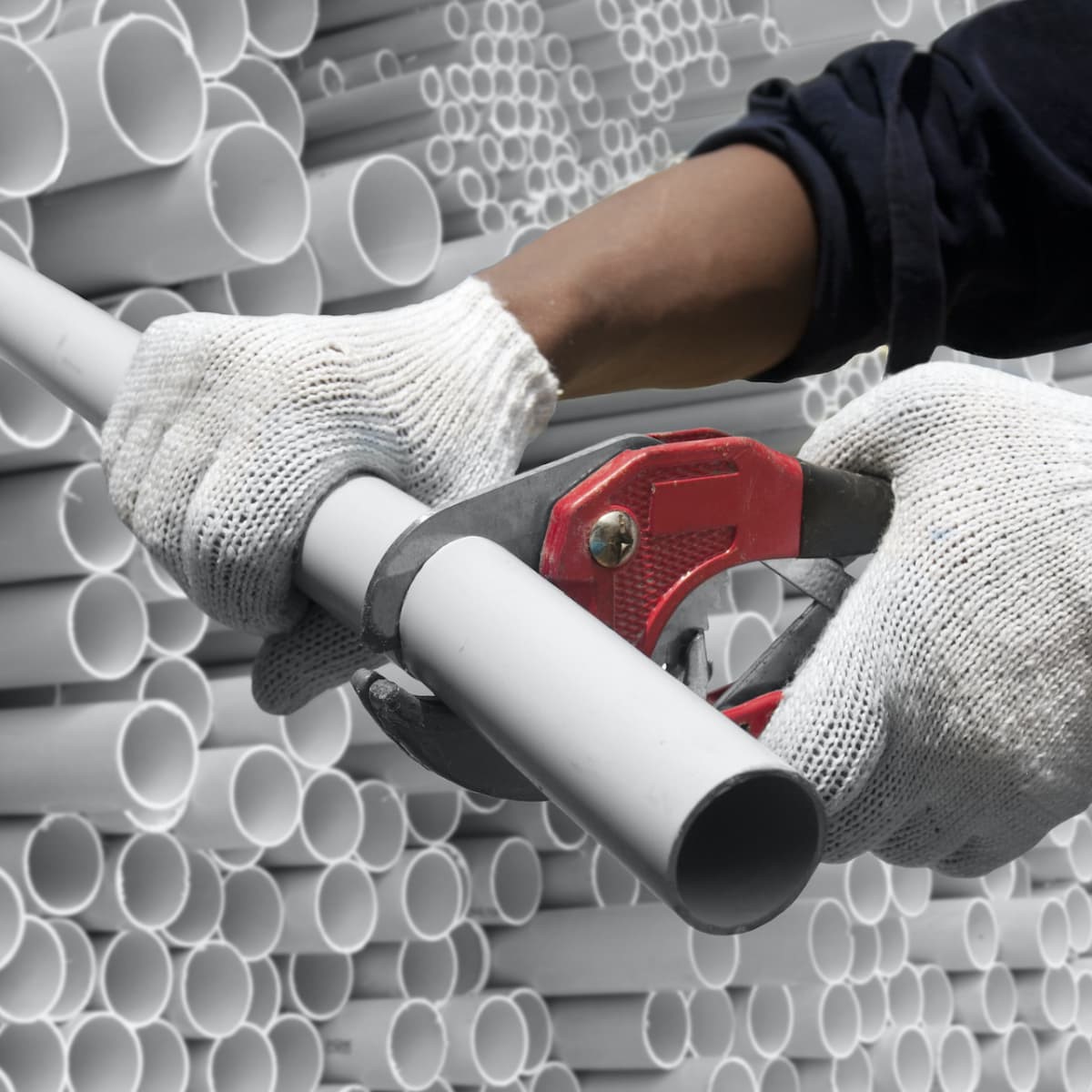
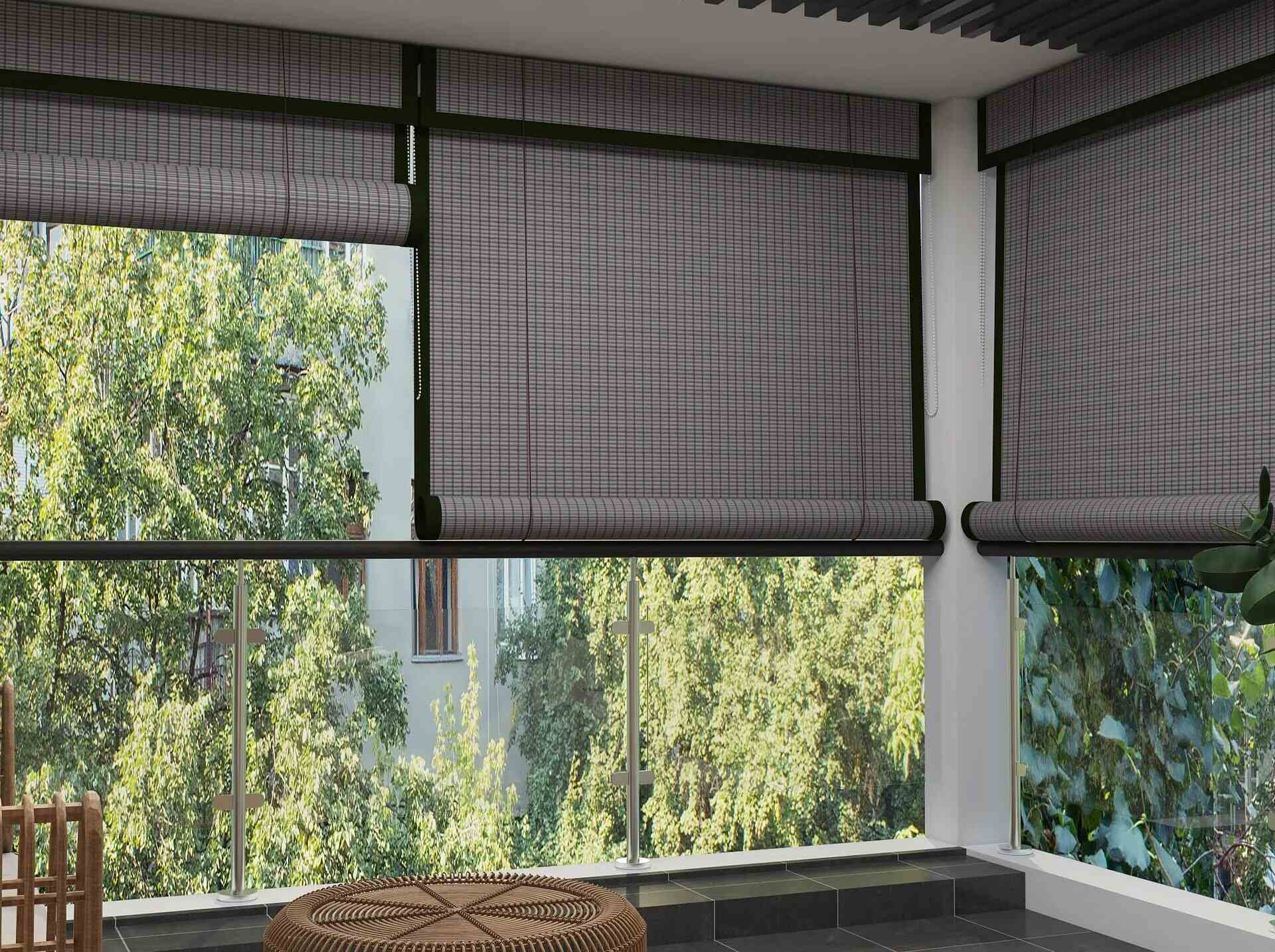
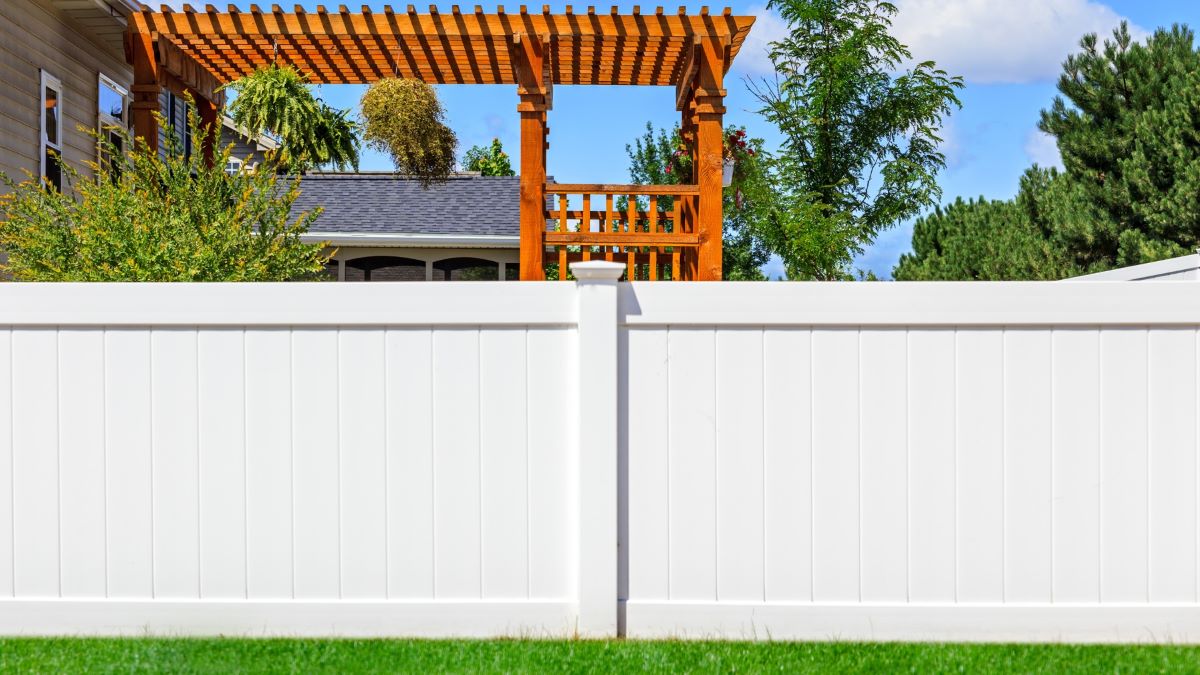

0 thoughts on “How To Store PVC Pipe”